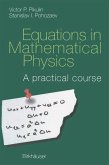
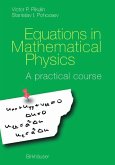
Broschiertes Buch
A practical course
2001
23. August 2014
Birkhäuser / Birkhäuser Basel / Springer, Basel
978-3-0348-9503-3
Ähnliche Artikel
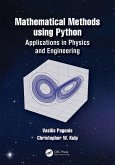
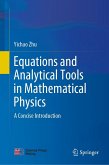
eBook, PDF
4. Oktober 2021
Springer Nature Singapore
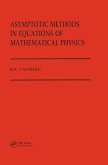
eBook, PDF
20. Dezember 2024
Taylor & Francis eBooks
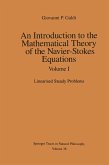
eBook, PDF
14. März 2013
Springer New York
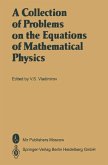
eBook, PDF
9. November 2013
Springer Berlin Heidelberg

eBook, PDF
6. Dezember 2012
Birkhäuser Basel

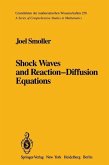
eBook, PDF
6. Dezember 2012
Springer New York

eBook, PDF
30. Oktober 2019
Springer International Publishing
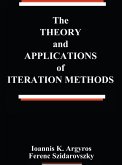
eBook, PDF
4. Mai 2018
Taylor & Francis eBooks
Ähnlichkeitssuche: Fact®Finder von OMIKRON
